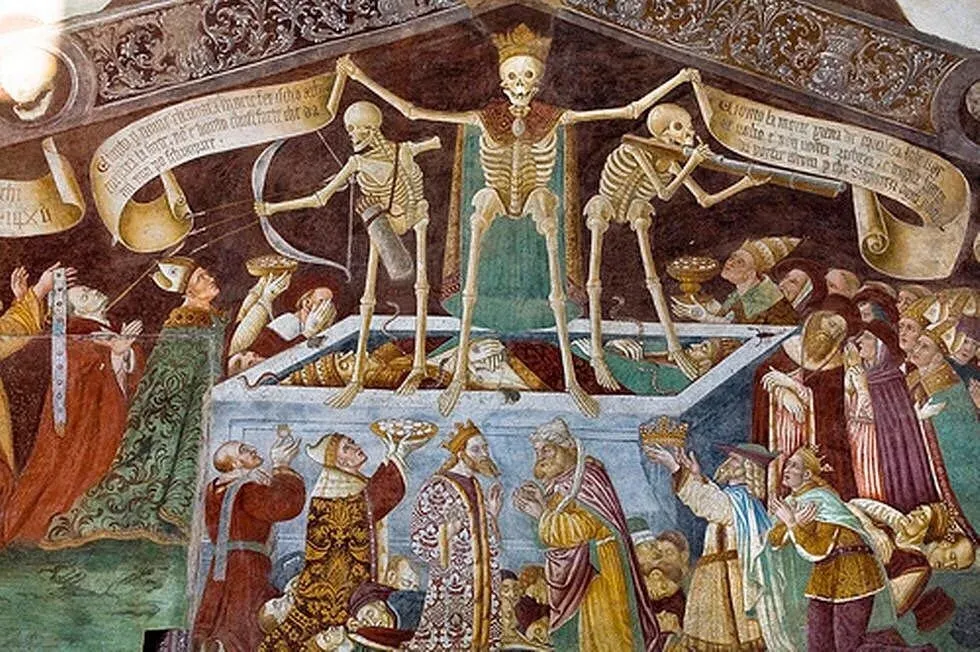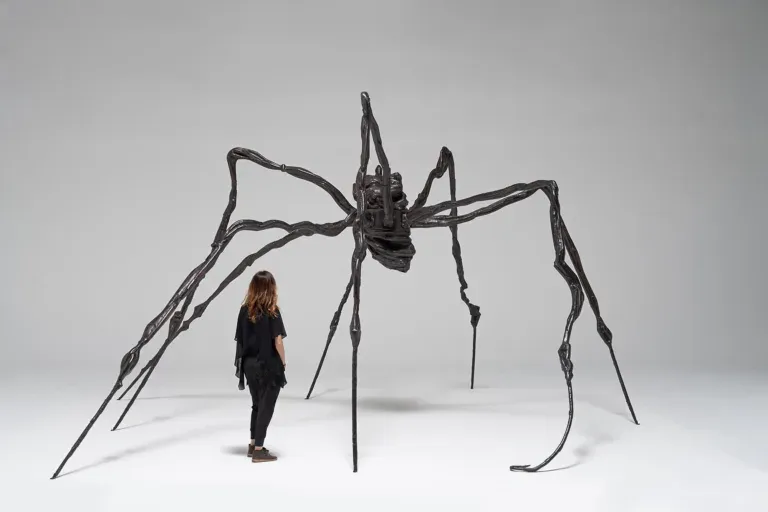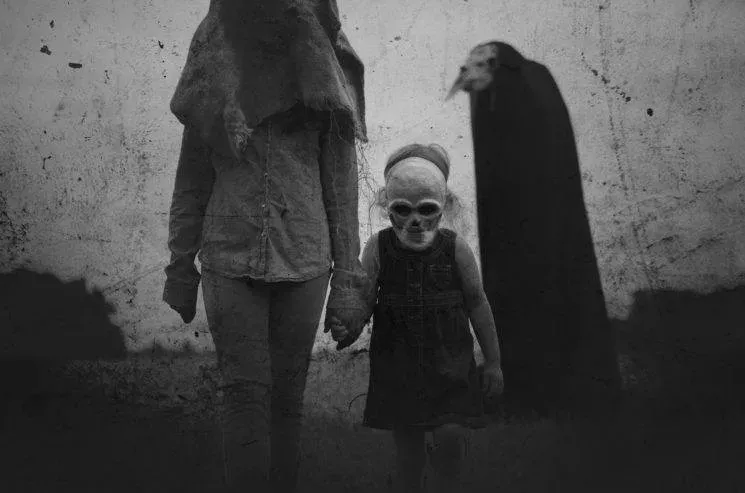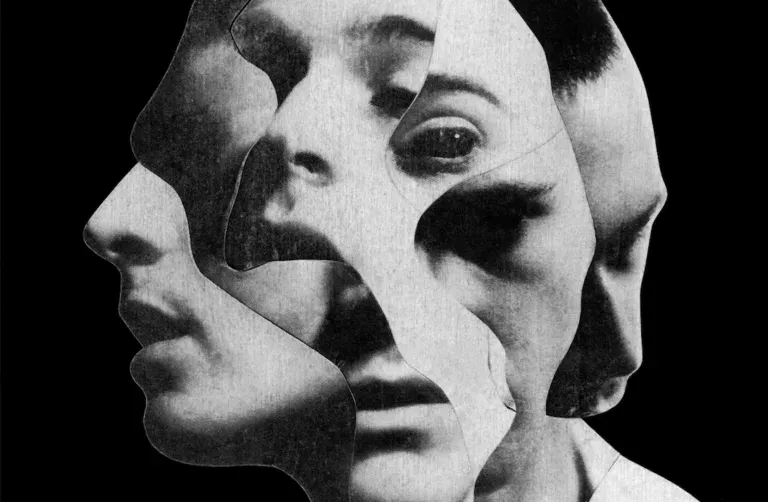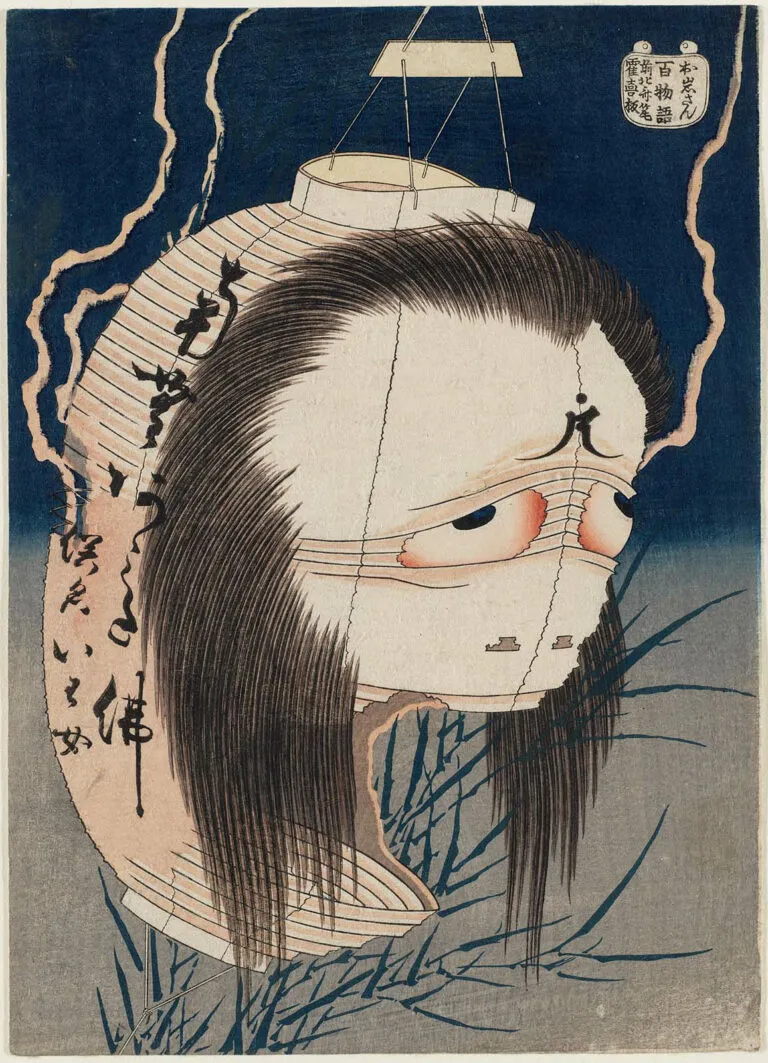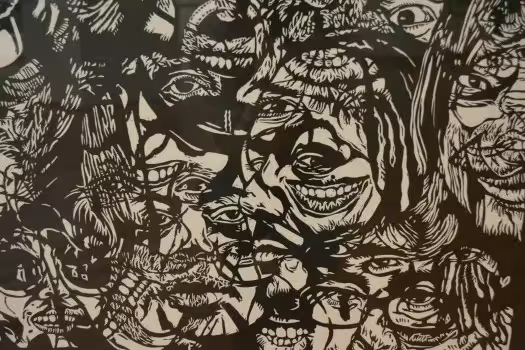The Origin of the Danse Macabre
The Origin of the Danse Macabre
In the late Middle Ages, between the 14th and 15th centuries, the motif of the “Danse Macabre” first appeared in conjunction with the plague. The catastrophic epidemic that struck Europe between 1347 and 1351, known as the Black Death, laid the groundwork for a more complex reflection on human mortality and its relationship with earthly reality. Never before had the poor, peasants, travelers, scholars, popes, emperors, kings, nobles, artisans, clergy, and civic authorities felt equally threatened. The dreadful disease had flattened the distinctions of class and gender.
The Danse Macabre in Painting

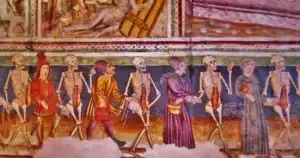
In the earliest depictions, the “Danse Macabre” depicted only powerful men, each with the insignia of their social rank. Over time, representatives of politics and commoners were added, eventually including women as well, symbolizing lost beauty and youth. Around the humans danced skeletons or corpses, whose purpose was to remind that death was an unavoidable event and that it struck everyone without distinction: no wealth, beauty, fame, or prestige could save us from the Black Lady.
Sometimes, the depictions were structured and very detailed, with elaborate processions divided by class and social rank. At other times, they represented simple pairs surrounded by mocking skeletons inviting them to dance: numerous variations on the same theme, where external elements to the dance could appear.
In addition to the meaning of memento mori, there was also a satirical aspect: the poor could see the rich placed at their same level and did not hesitate to take some revenge.
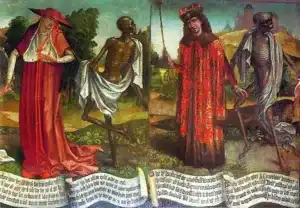
Conclusions
With the advent of Humanism and the Renaissance, the conditions that had led to the proliferation of the “Danse Macabre” waned, and its importance diminished. However, it reemerged in Romanticism, once again inspiring poets, painters, and musicians.
 Subscribe to our YouTube channel
Subscribe to our YouTube channel
